The Kagots are a mysterious tribe of untouchables from Western Europe
Categories: Europe | History | Nations
By Pictolic https://pictolic.com/article/the-kagots-are-a-mysterious-tribe-of-untouchables-from-western-europe.htmlIn Asia, the caste system has existed for thousands of years. It is known that India, Afghanistan, Pakistan, China and even Japan had their own untouchables. And in some places they still exist. Everywhere persecuted, completely disenfranchised and having no chance to leave their social group, the pariahs seemed to be able to exist only in the East. But it turns out that medieval Europe also had its own caste of outcasts — the Kagots.
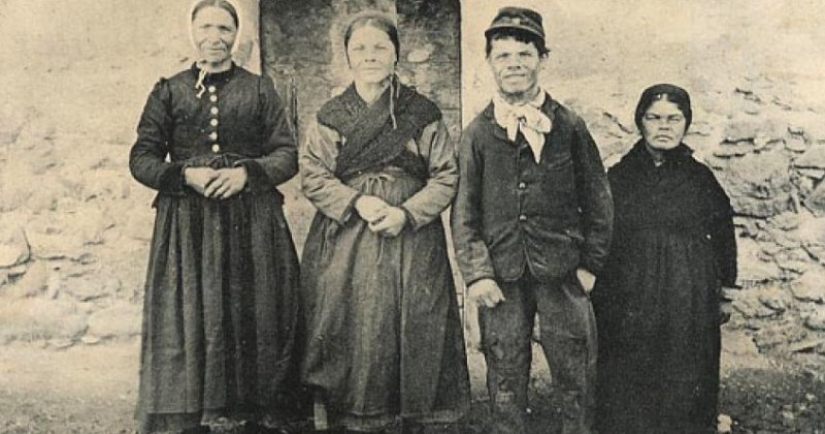
No one knows how the cagots appeared in the west of France and in the Pyrenees. Moreover, there is not even an exact explanation of how this word appeared. For the first time they are mentioned in written sources of the 11th century. Even then they were untouchable and living in a separate community.

Some old books describe the Kagots as short and stocky people with curly dark hair. In others, on the contrary - as blue-eyed and blond big men. But almost all sources agree on one thing — the Kagots had round, lobeless ears.
The Kagots lived separately from everyone, usually outside villages and cities. Often these were swamps, slopes, ravines and other places that were unattractive for living and farming. The Kagots were deprived of many rights and freedoms — they were forbidden basic things available to any resident of France.
The Kagots could not marry and marry someone who was not part of their community. They were also not allowed to eat, wash, or even be friends with ordinary people. Untouchables had no right to use handrails and handrails of stairs and platforms. They were not allowed to touch the fences and parapets of bridges. They were buried in a separate cemetery, away from temples and chapels.
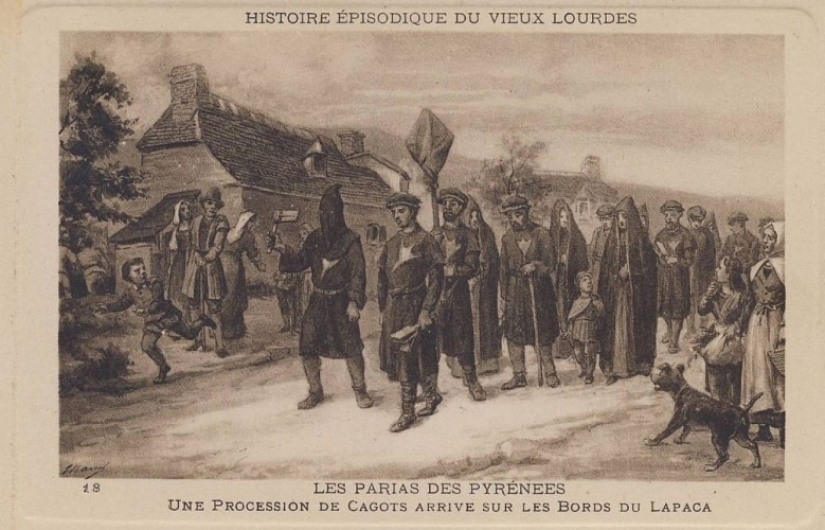
These people were obliged to walk through the streets with special rattles that notified everyone of the approach of the outcast. In the same way, lepers wandered along the roads of medieval Europe, with whom, by the way, the Kagots were constantly identified. It was believed that by touching a representative of this caste, you can get infected with leprosy or even the plague.
The Kagots were also accused of all imaginable and unthinkable sins: child abduction, witchcraft, betrayal and even cannibalism. Archaeologists have specially studied the remains from the Kagot graves to determine what was wrong with these people. But the researchers found absolutely nothing strange. Lepers and the plague among the Kagots were not more common than among other segments of the population. And they did not have any strange characteristic deviations in the structure of the bodies.
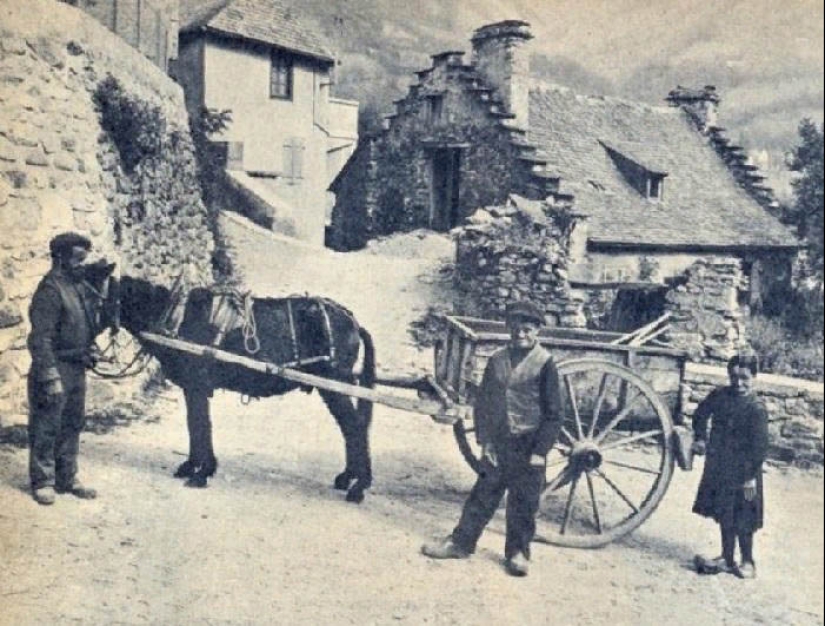
But in fact, the Kagots were like ordinary villagers and city dwellers. This proves that they were forced to sew a distinctive sign in the form of a red bird's foot on their clothes. Another sign of the outcast was shoes. Even the poorest outcasts were obliged to provide themselves with shoes and go everywhere only in them. Barefoot Kagots have never been seen. From that, there were stories among the people that instead of feet they had webbed clawed paws.
The choice of crafts that European pariahs could engage in was also limited. The Kagots had the right to choose only professions related to wood processing or death. They were loggers, builders, undertakers, gravediggers and executioners. There were a lot of carpenters among the representatives of this tribe. In the old days, if there was a "carpenter" in the account book opposite the name, then it was almost certainly a kagot.
Despite the biased attitude, the Kagots were trusted to build wooden temples. Over time, they have reached great heights in this skill. But they had to attend churches with restrictions. In the back of the temple, a special, very low door was made, above which was the inscription "kagot".
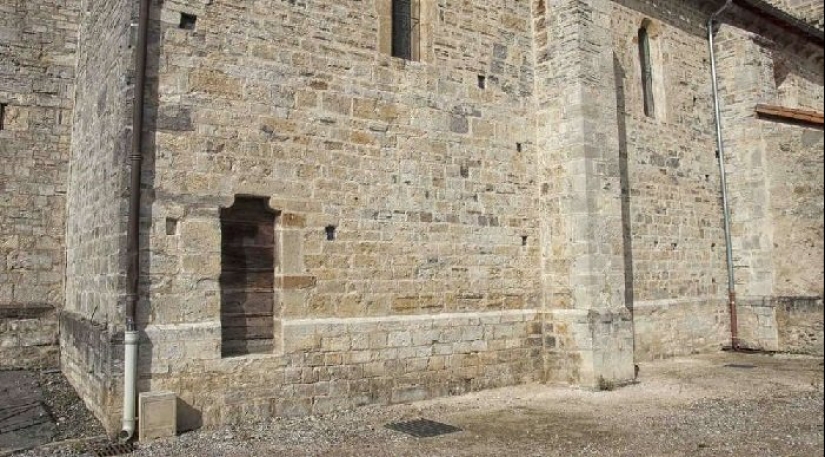
During the service, the outcasts sat apart from other believers, behind a partition. And the priest gave them communion on a spoon tied to a long stick. The Kagots even had their own sprinkler with holy water. And if one of the outcasts dared to lower his hand into the common sprinkler, his hand could be cut off as punishment.
By the 15th century, the Kagots had become universally recognized virtuosos of working with wood and turned into a guild of carpenters. They not only built temples, but also made furniture, carts, agricultural implements, and also made wine barrels and water tubs.
The Kagots left their mark on medieval literature. Francois Rabelais in the novel "Gargantua and Pantagruel" mentions that on one of the walls of the Abbey of Thelema there was an inscription forbidding "hypocrites, fanatics and kagots" to enter its territory. Officially, all restrictions on this group of people were lifted during the French Revolution, but in fact the untouchables continued to be oppressed further.
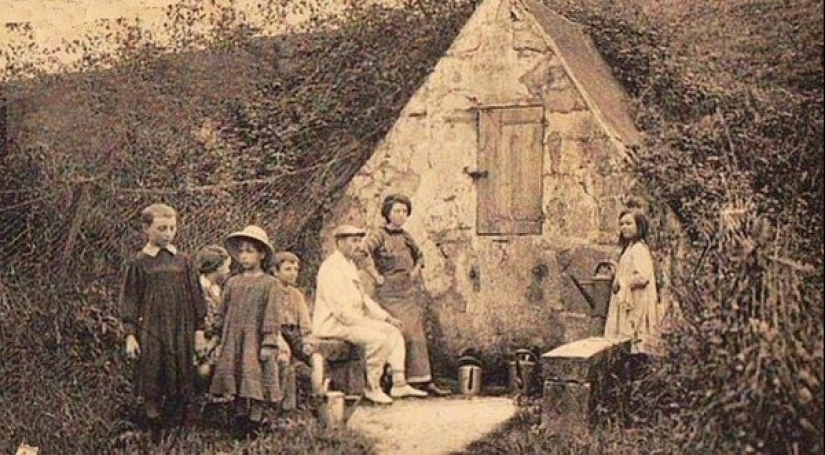
During the revolution, many Kagots, taking advantage of the unrest, rushed to the archives. There they began to destroy the records of their origin in order to escape from the caste of outcasts. This helped many and the former outcasts managed to assimilate among ordinary French and start living like everyone else.
But the history of European pariahs did not end there. In 1847, the French writer and historian Francis Michel, preparing for the publication of his book "The History of the Cursed Races", made an unexpected discovery. It turned out that more than 10 thousand Kagots continued to live in the old way, despised by everyone, in the villages of Gascony and Navarre.
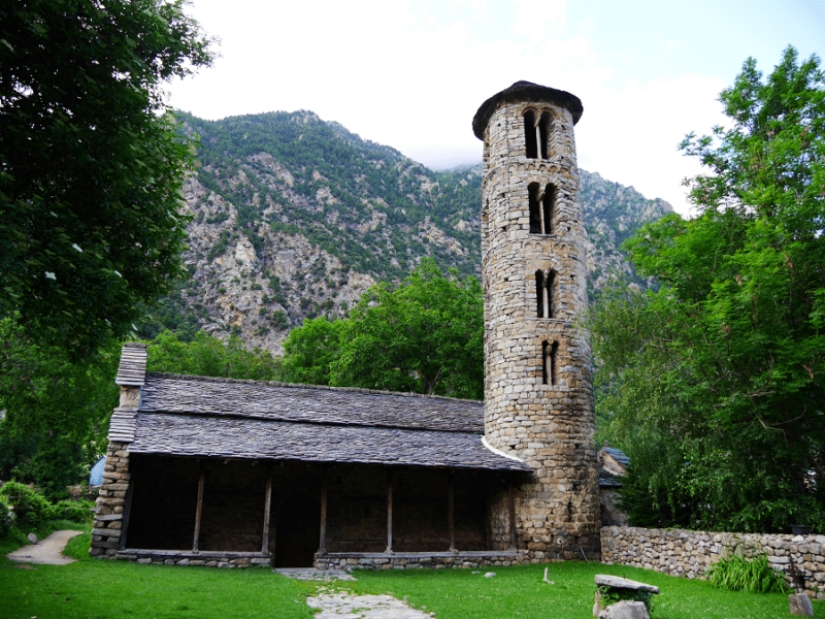
Echoes of intolerance towards these people can still be found today. In modern French, the word "kagot" is considered an expletive. And more than 60 temples in the Pyrenees have separate entrances with the discriminatory inscription "Cagot". Of course, no one is forced to go to work through them, but they are not in a hurry to abolish this shameful memo.
At the beginning of our story, we have already mentioned that the origin of this people and its name is still shrouded in darkness. There are several versions that have not been confirmed yet. One of the scientists claims that Kagot is a derivative of canis gothus — "Gothic dog", and these people themselves were descendants of the Visigoths.
Others claim that their name comes from the Occitan swear word cago - "shit" or the Spanish word cafo — "leper". There is also a version that the Kagots were descendants of Moorish warriors who remained in France and Spain after the Muslim invasion in the 8th century. There are also completely ridiculous, fantastic versions that have nothing to do with reality.
The most recent theory appeared just a couple of years ago. The English writer Graham Robb in the book "The Discovery of France" suggested that the Kagots were once a guild of medieval carpenters who reached the heights of skill in their business. The attitude towards them as untouchables gradually arose due to banal envy and intrigues of less successful competitors.

Surprisingly, there is one person in the world who considers himself a kagot and is proud of it. Frenchwoman Marie-Pierre Manet-Bouzac is sure that her distant ancestor in the 8th century was a Moorish soldier, and calls herself "the last kagot in the world." Everything connected with the Kagots is shrouded in mystery and superstition to this day. There is only one place in the world dedicated to this strange and unfortunate people — the Museum of the Cagots in Nestes Castle, built in the 9th century in the Upper Pyrenees.
Recent articles

There is never enough space in a child's room. You know, you need a bed, the closet is literally bursting with things, and you ...

Armenian artist Artush Voskanyan paints in the style of mannerism and calls the Italian painter of the XVI century Giuseppe ...

In our days, the friendship with the ex-partners is normal, civilized and progressive. In this article we are told in journals and ...